To construct white elephants deliberately with public money is collective foolishness, even when the public finances appear to be flush. White elephants are pretend “assets” likely to be stranded and abandoned due to poor utilisation and inability to cover operating costs.
Ireland has been reasonably lucky to date, only a few pure white elephants have been built.
There have been regular over-shoots on capital costs but these have rarely been on foolish or ill-conceived projects.
Over-shoots on sound projects are damaging and persistent, but they are in a different category to pure white elephants, projects which were never promising in the first place.
Examples include three regional airports where the airlines suspended flights due to lack of traffic, despite capital and operating subsidies.
Three turf-fired power stations were opened in the midlands well after the alarm had been raised about carbon emissions.
Two have closed long before their useful lives would have ended and the third is slated for closure.
Aside from pure white elephants, the public is the loser when necessary projects incur spectacular over-shoots
An avoided white elephant, which would have cost about a billion euro in today’s money, was the Bertiebowl stadium in west Dublin, where no fixtures were available aside from those diverted from the Aviva or Croke Park, neither of which is heavily utilised. It never went ahead. Aside from pure white elephants, the public is the loser when necessary projects incur spectacular over-shoots, as has happened with the National Children’s Hospital, due to cost about €1.5bn more than the amount initially sanctioned, or the National Maternity Hospital, where another mammoth over-shoot is inevitable.
Both were needed but appear to have been built at the wrong locations, with political commitments undertaken on the basis of rosy cost figures.
Necessary project
When a necessary project goes ahead and is delivered on time and on budget, the agency responsible should be accorded only modest credit for what ought to be a routine achievement.
The Dublin Airport Authority (of which the writer was a member when work on the new runway was commenced) has not been so lucky.
The runway was needed – traffic volumes had exhausted the existing capacity resulting in slot restrictions.
The airport had planned for an eventual second main runway decades ago, had acquired the land and the budget of €320m proved to be enough to finish the job on time.
Whereupon Fingal County Council has sought to enforce its interpretation of out-of-date usage restrictions and these two State bodies are scheduled to square up before a third, the High Court. If Fingal succeeds, the runway asset will have been partially stranded not because it was a foolish decision in the first place but because the State does not have a coherent planning system. It is beyond satire that the council is seeking to strand an asset (overall aircraft movements could even be constrained on the old runway too) planned over a decade ago and no secret to anyone, already completed on time and on budget.
If it’s any consolation, the new runway at Dublin has cost considerably less than has been spent or budgeted for comparable runway schemes at major airports around Europe.
As has become the custom in dealing with the housing supply crisis, our learned friends on the High Court bench will now be required to adjudicate on matters which will stretch their technical expertise.
Some critics of the aviation industry have exulted in DAA’s discomfort. Aviation is responsible for about 3% of worldwide greenhouse gas emissions and environmental campaigners have been expressing alarm at the growth in airline traffic, which has recovered quickly from the COVID-19 downturn.
Dublin will cater for slightly fewer passengers in 2023 than in the last pre-COVID-19 year of 2019 but could regain or even exceed that figure next year.
But 3% is a relatively minor component in the world’s decarbonisation challenge – the marine sector is just as large and both are dwarfed by surface transport or by space heating and air conditioning.
Worldwide emissions
Gross worldwide emissions will need to fall dramatically across the board in the decades ahead if the net zero target is to be achieved and discouraging airline traffic at Dublin, a national rather than a local facility, is a distraction for climate campaigners.
Indeed one of the motivations for the second runway was to support Dublin’s role for transatlantic connections at Europe’s western edge, diverting flights from less direct transits at British and continental hubs like Heathrow, Frankfurt and Schiphol, which encourage back-tracking, longer trips and higher emissions.
The best measure of Irish climate policy, with aviation as with farming, is the contribution made to the containment of worldwide emissions, making full allowance for international emissions shifting. Fingal County Council has form.
It has just green-lighted three more data centres, whose product is for export, on-shoring yet more of Europe’s emissions on to Ireland’s scorecard.




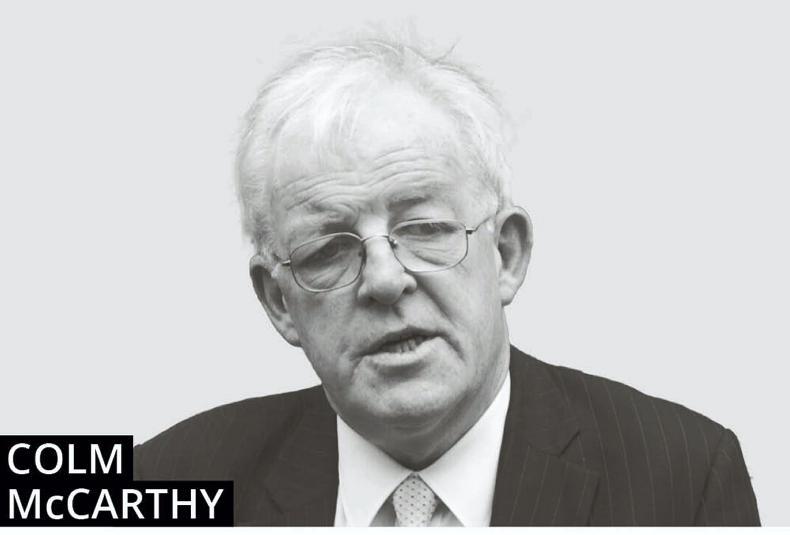
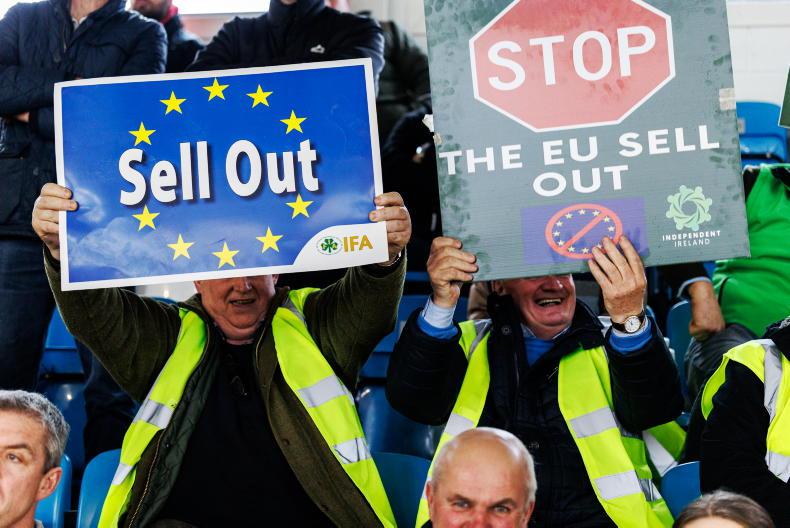

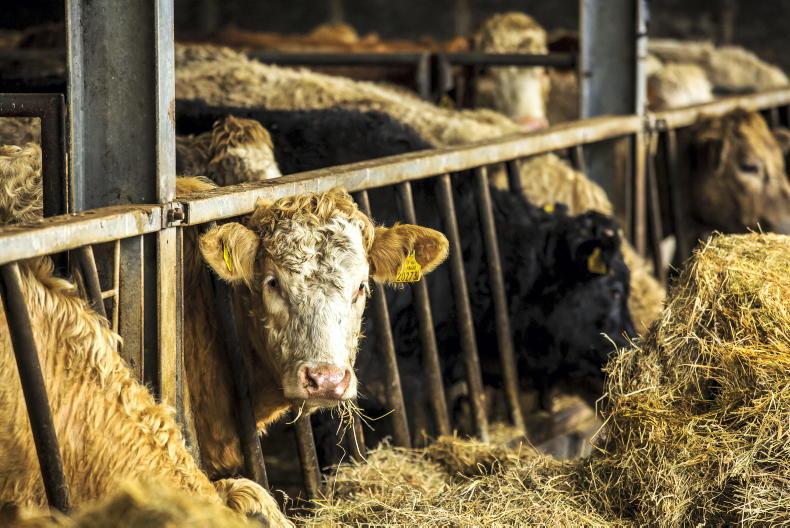
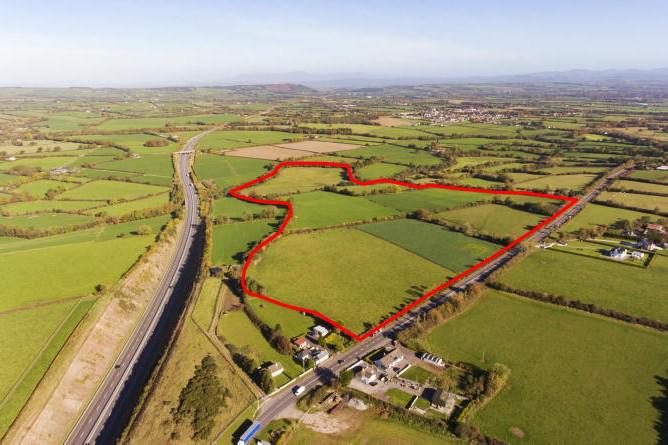
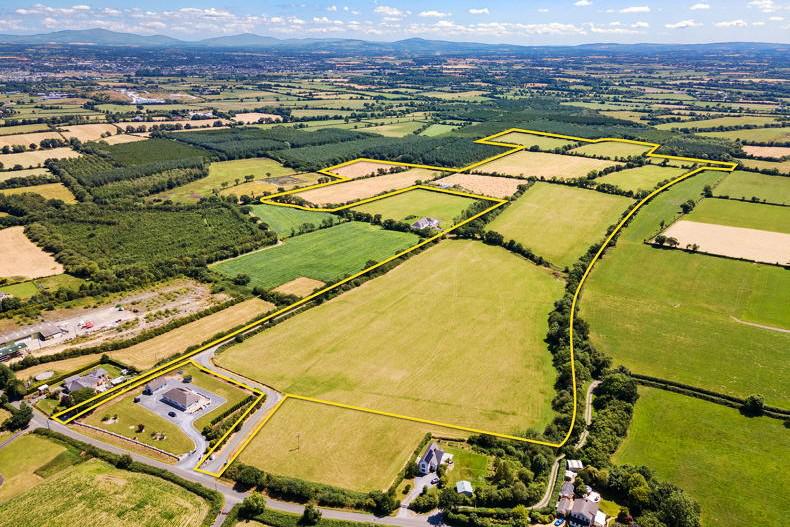
SHARING OPTIONS